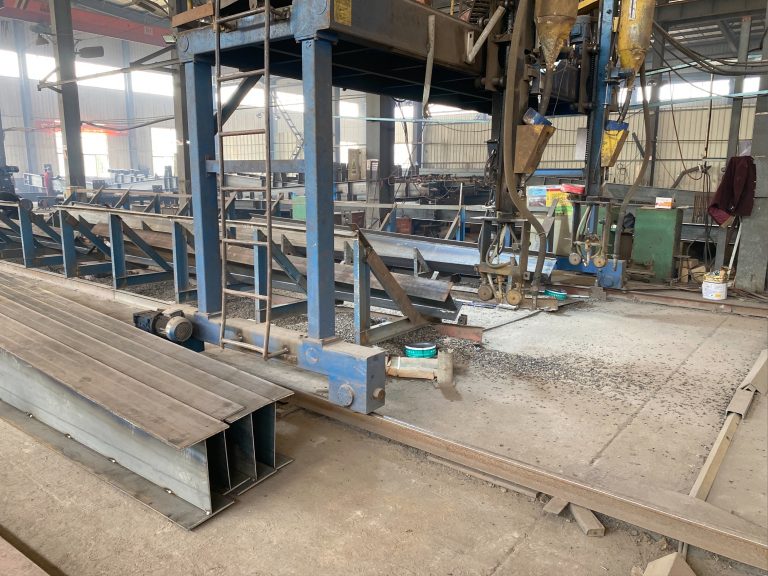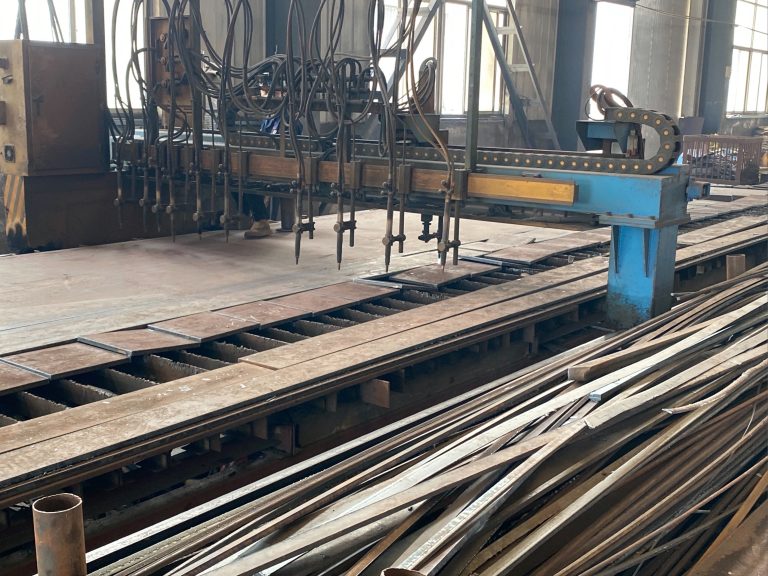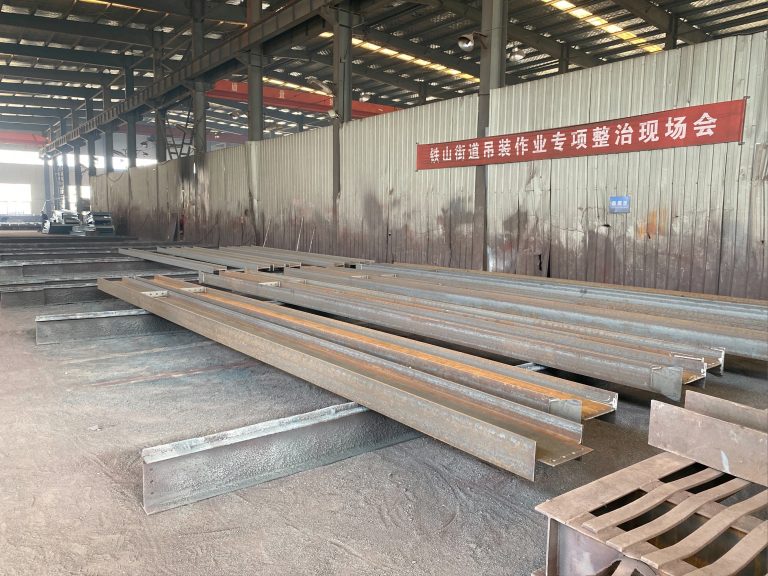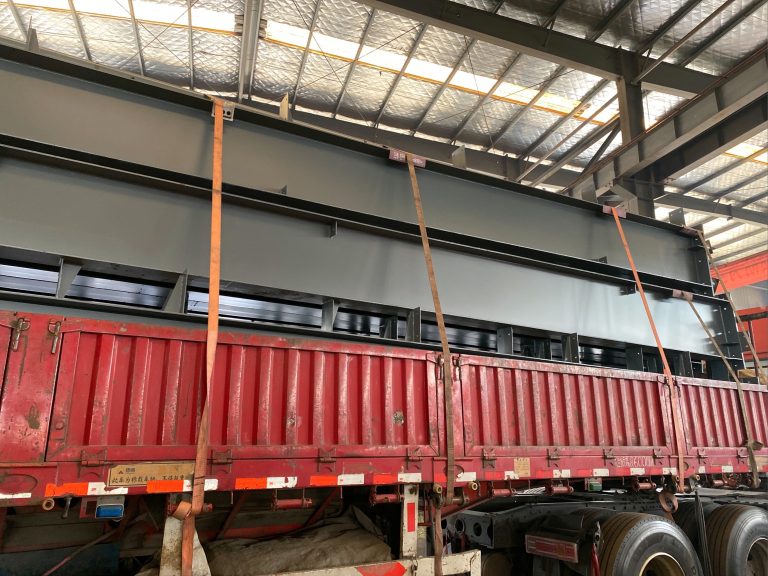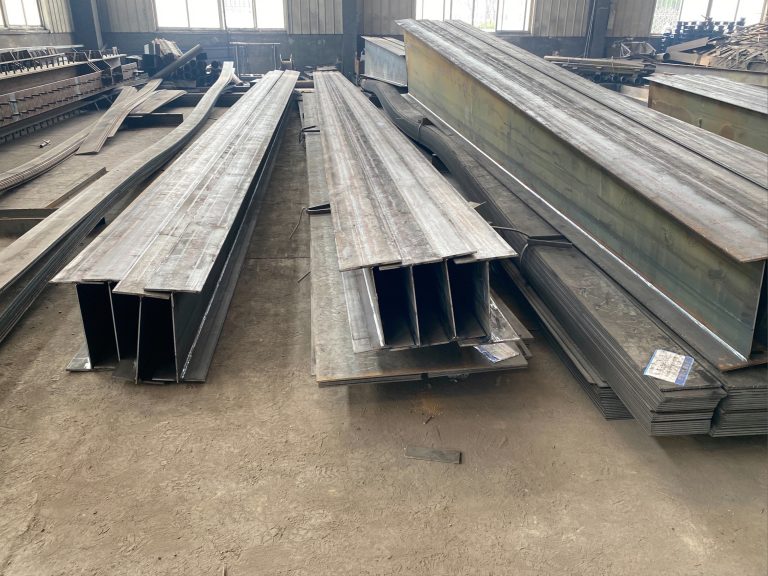Equipment configuration and layout of container house in temporary fire station
Table of Contents
Efficient Equipment Configuration for Temporary Fire Station Container House
In the event of a fire emergency, temporary fire stations are crucial for providing immediate response and support to affected areas. These temporary stations are often set up in container houses, which are portable and easily deployable structures that can be quickly assembled and disassembled as needed. One key aspect of setting up a temporary fire station in a container house is the efficient configuration of equipment and layout to ensure smooth operations and quick response times.
When it comes to equipment configuration, it is essential to prioritize the placement of essential firefighting equipment and tools in easily accessible locations within the container house. This includes fire extinguishers, hoses, nozzles, breathing apparatus, and other necessary gear. By strategically placing these items near the entrance or in designated storage areas, firefighters can quickly grab what they need without wasting precious time searching for equipment during an emergency.
Additionally, the layout of the container house should be carefully planned to optimize workflow and minimize obstacles that could impede firefighters’ movements. This includes creating clear pathways and designated work areas for different tasks, such as equipment maintenance, rest areas, and command centers. By organizing the space effectively, firefighters can navigate the container house efficiently and respond to emergencies with speed and precision.
Transitional phrases such as “in addition,” “furthermore,” and “moreover” can help guide the reader through the article and connect ideas seamlessly. For example, in addition to equipment configuration, it is also important to consider the placement of communication devices and technology within the container house. This includes radios, phones, computers, and other communication tools that are essential for coordinating response efforts and staying connected with other emergency personnel.
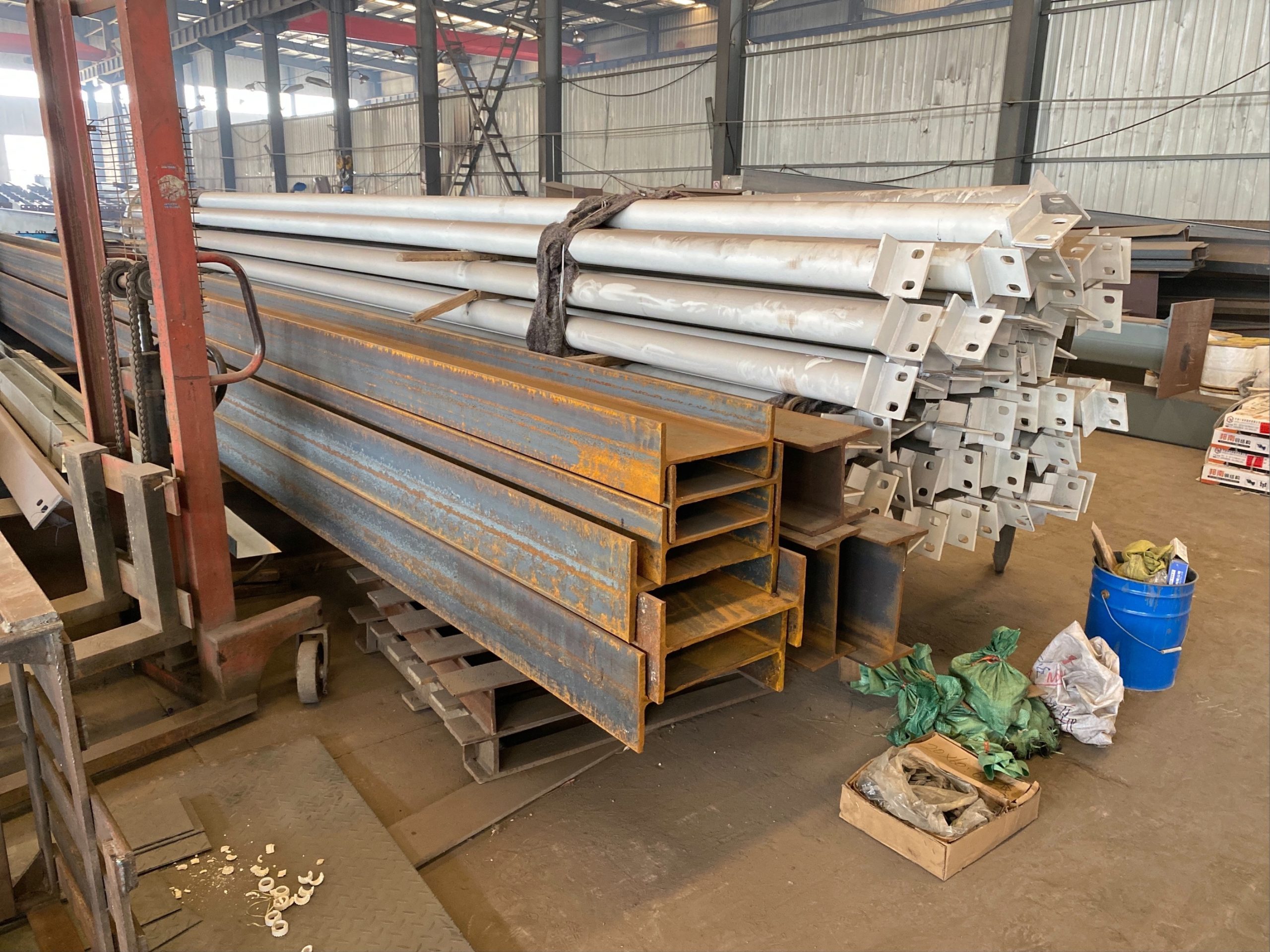
Furthermore, the layout of the container house should also take into account the need for privacy and security for firefighters. This may involve creating separate sleeping quarters, rest areas, and personal storage spaces to ensure that firefighters have a comfortable and secure environment while on duty. By prioritizing the well-being of firefighters, temporary fire stations can maintain morale and efficiency during extended response operations.
Moreover, the configuration and layout of equipment in a container house should be adaptable to changing needs and circumstances. This may involve regularly reviewing and updating the placement of equipment based on feedback from firefighters, as well as incorporating new technologies and tools to enhance response capabilities. By staying flexible and responsive to evolving requirements, temporary fire stations can continue to provide effective support to communities in times of need.
In conclusion, efficient equipment configuration and layout are essential components of setting up a temporary fire station in a container house. By strategically placing firefighting equipment, optimizing workflow, and prioritizing communication and security, temporary fire stations can ensure quick response times and effective emergency management. With careful planning and attention to detail, container houses can serve as reliable and functional bases for firefighters to carry out their critical duties during fire emergencies.
Optimizing Layout of Container House for Fire Station Equipment Placement
When it comes to setting up a temporary fire station, one of the key considerations is the equipment configuration and layout of the container house. This is crucial for ensuring that all necessary equipment is easily accessible and properly organized to facilitate quick response times in case of emergencies. Optimizing the layout of the container house for fire station equipment placement requires careful planning and consideration of various factors.
First and foremost, it is important to assess the types of equipment that will be housed in the container house. This includes firefighting gear, tools, medical supplies, communication devices, and other essential items. Each type of equipment should have a designated storage area within the container house to ensure easy access and efficient organization. For example, firefighting gear should be stored near the entrance for quick deployment, while medical supplies should be kept in a separate area for easy access during emergencies.
In addition to considering the types of equipment, it is also important to take into account the size and weight of each item. Heavy equipment should be stored on lower shelves or in sturdy cabinets to prevent accidents and injuries. Lighter items can be stored on higher shelves or in bins for easy access. It is also important to consider the frequency of use for each item when determining its placement within the container house. Items that are used frequently should be easily accessible, while those that are used less often can be stored in less accessible areas.
Another important factor to consider when optimizing the layout of the container house for fire station equipment placement is the flow of traffic within the space. The layout should be designed to facilitate easy movement of personnel and equipment throughout the container house. This includes ensuring that there are clear pathways and designated areas for different activities, such as equipment maintenance, training, and emergency response. It is also important to consider the location of exits and emergency exits to ensure quick evacuation in case of emergencies.
When designing the layout of the container house, it is important to consult with fire station personnel to get their input and feedback. They can provide valuable insights into the types of equipment that will be used most frequently and the best ways to organize and store them within the container house. By involving the end users in the planning process, you can ensure that the layout is practical, efficient, and meets the needs of the fire station personnel.
In conclusion, optimizing the layout of the container house for fire station equipment placement is essential for ensuring quick response times and efficient operations. By carefully considering the types of equipment, size and weight of each item, flow of traffic, and input from fire station personnel, you can create a layout that is functional, organized, and conducive to effective emergency response. With proper planning and attention to detail, you can set up a temporary fire station that is well-equipped to handle any emergency situation.


